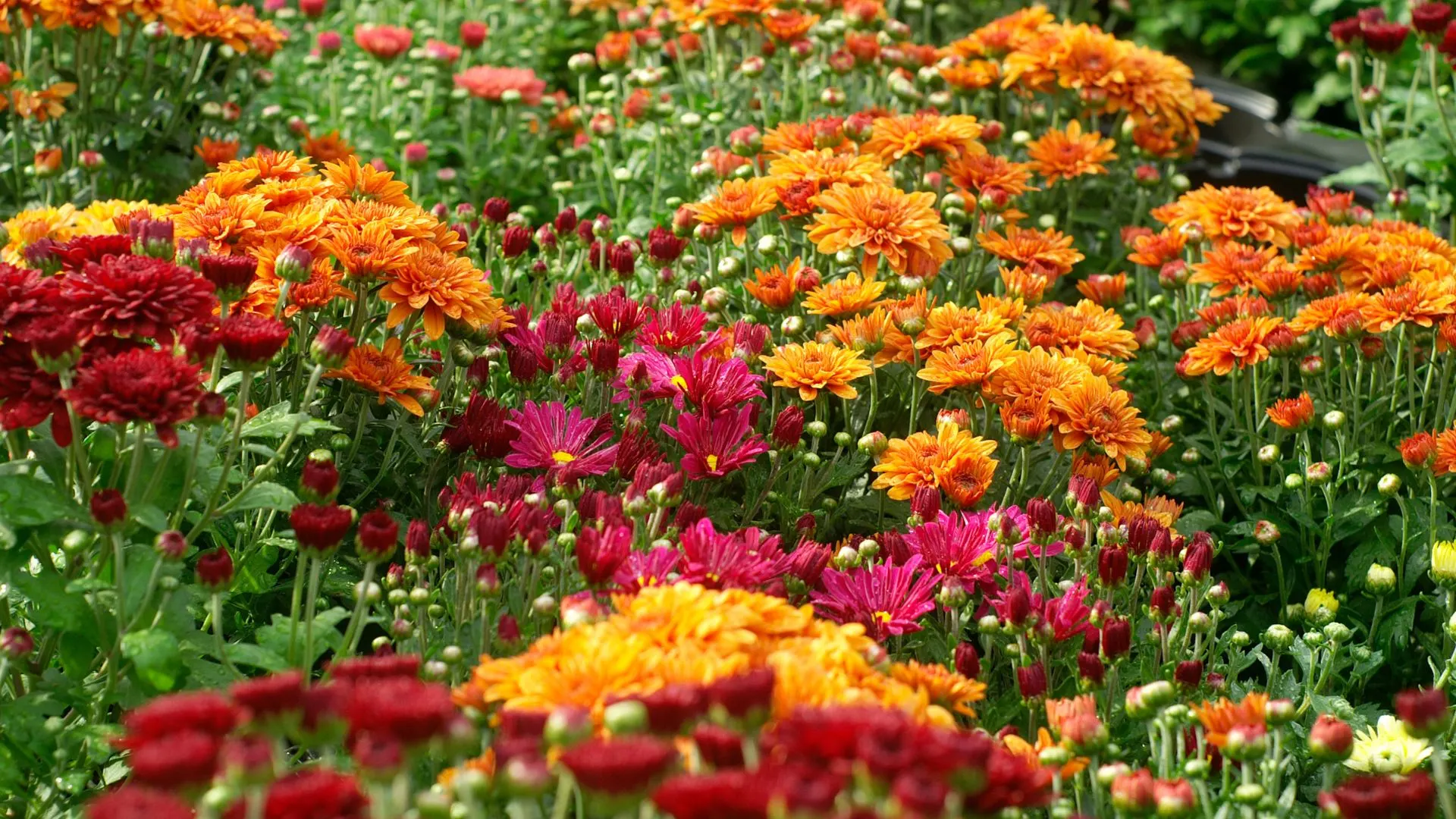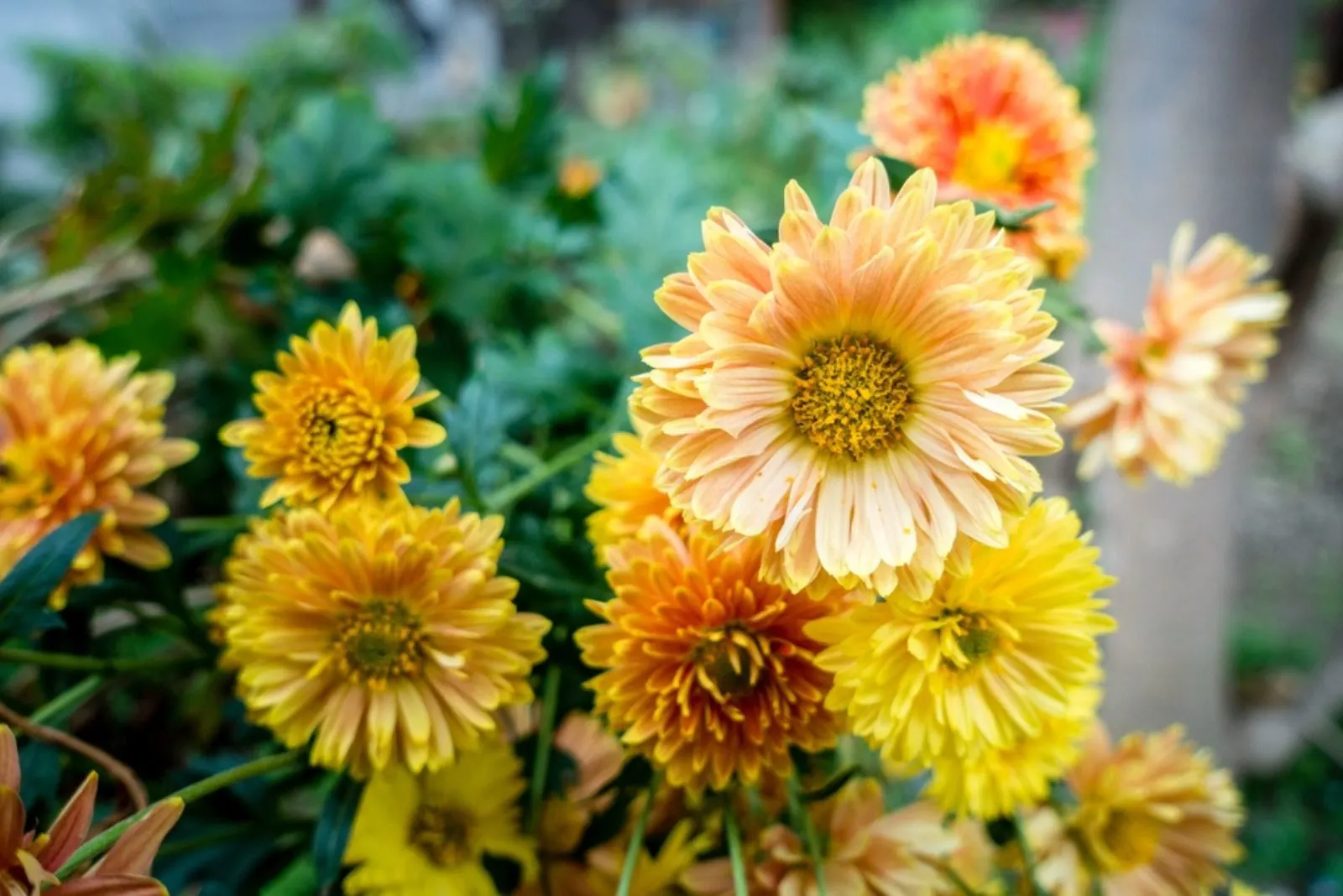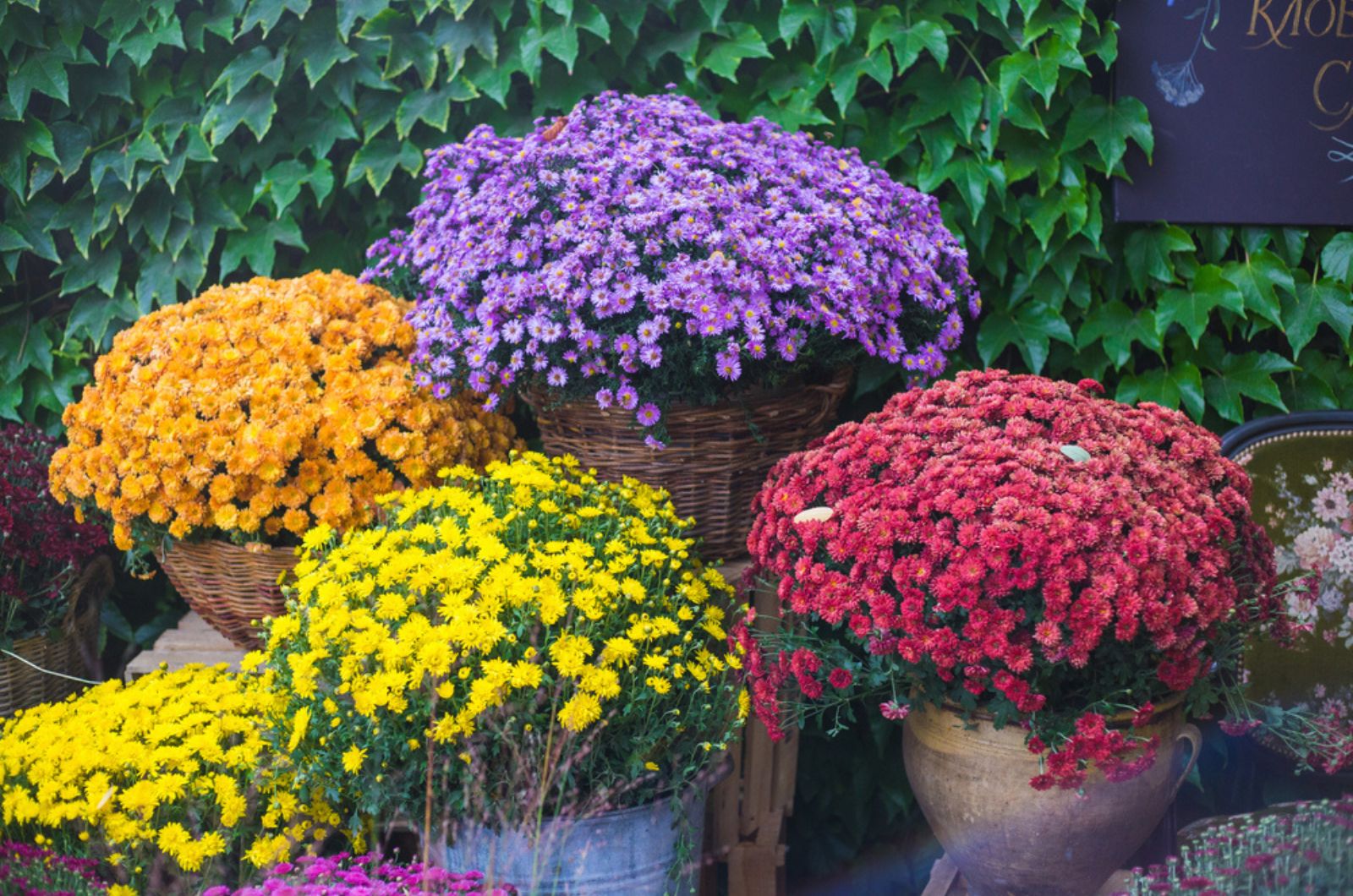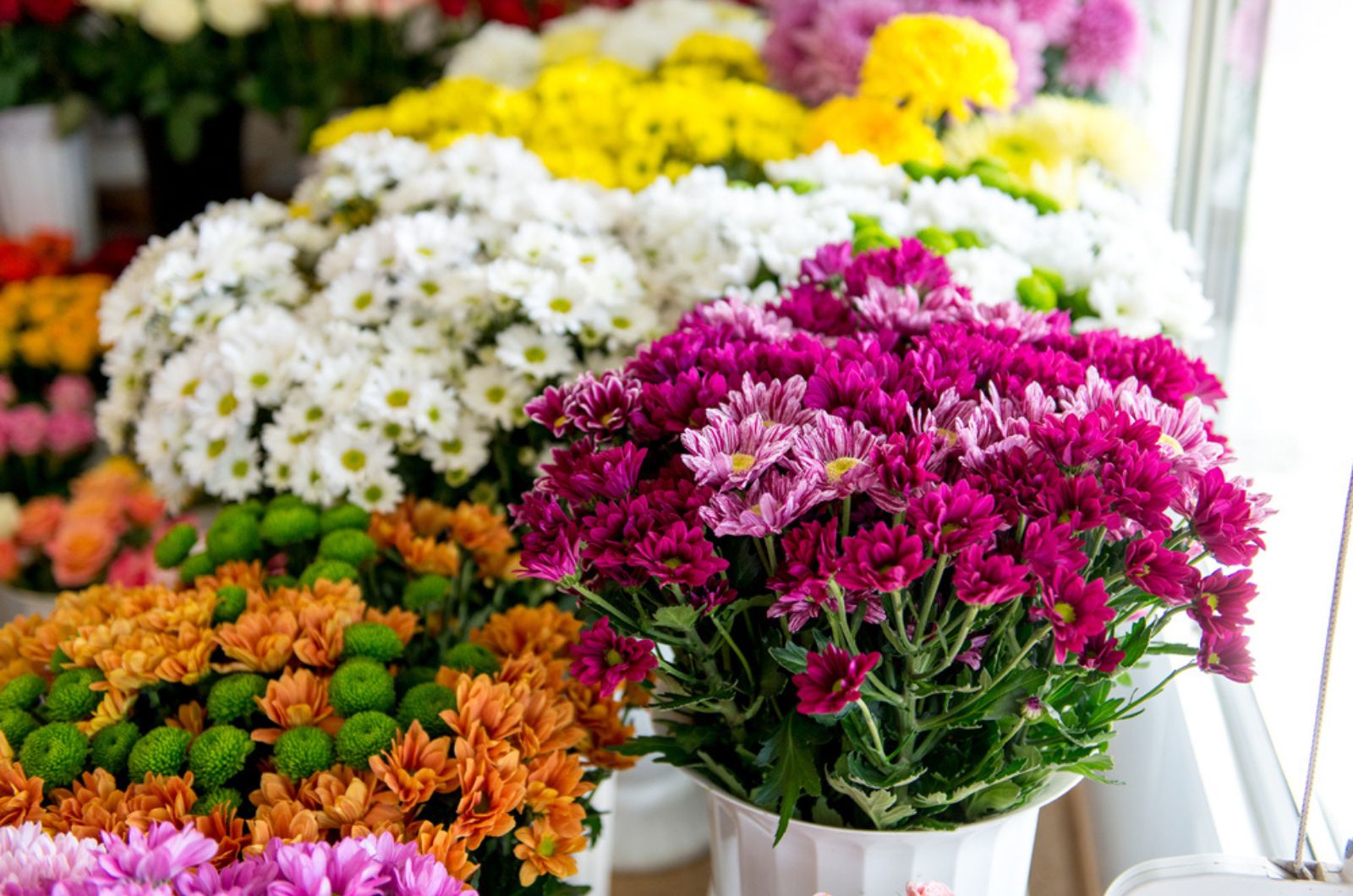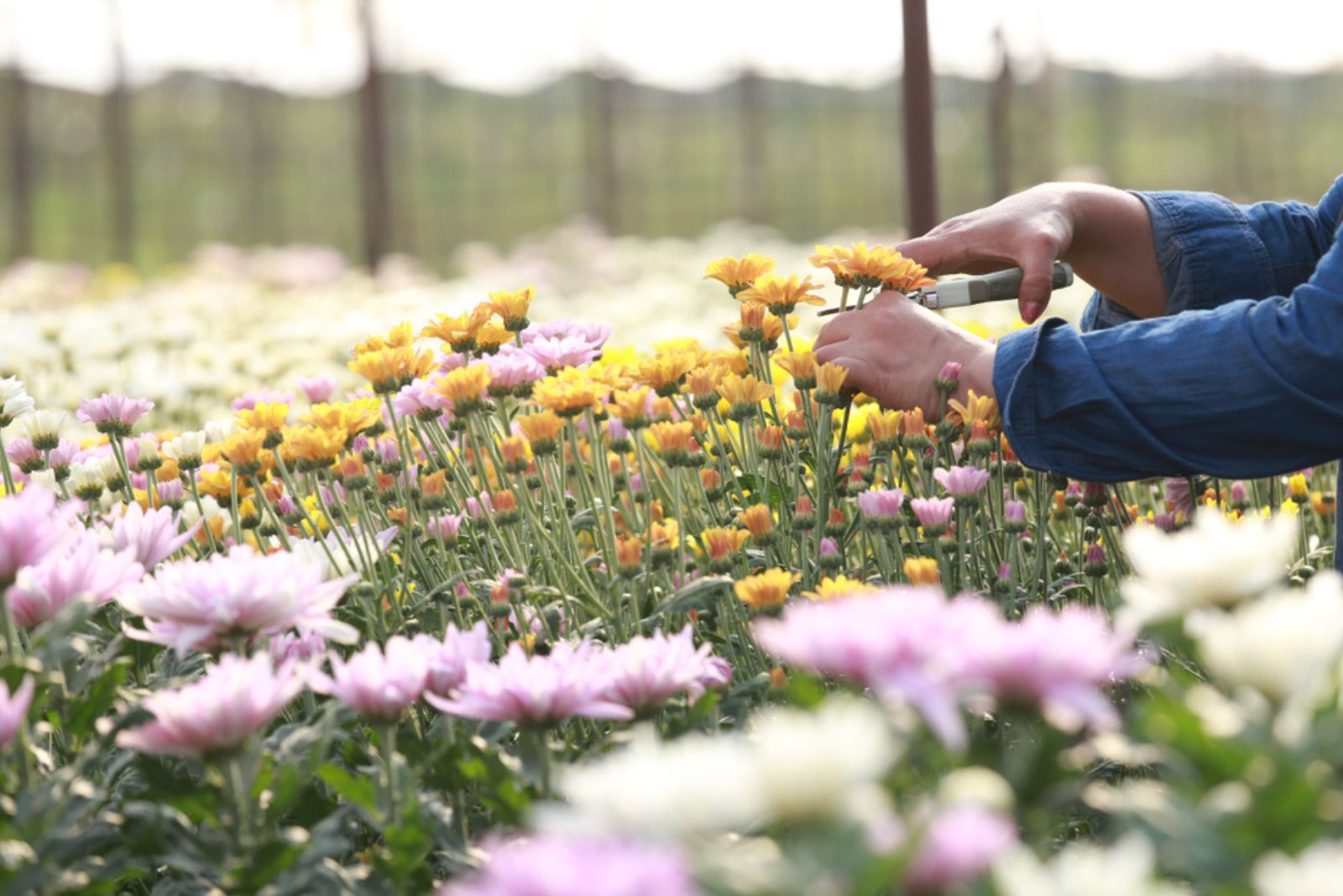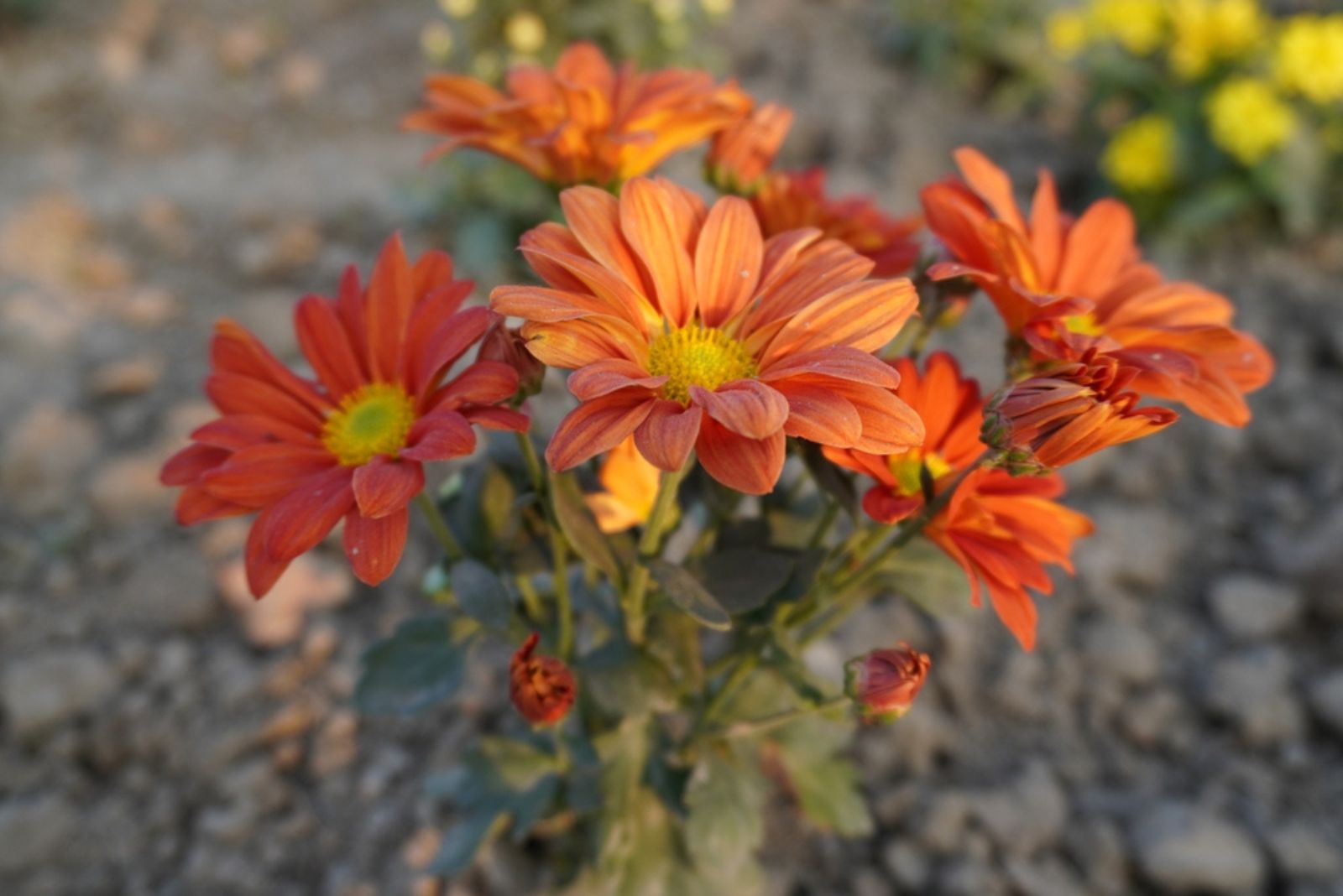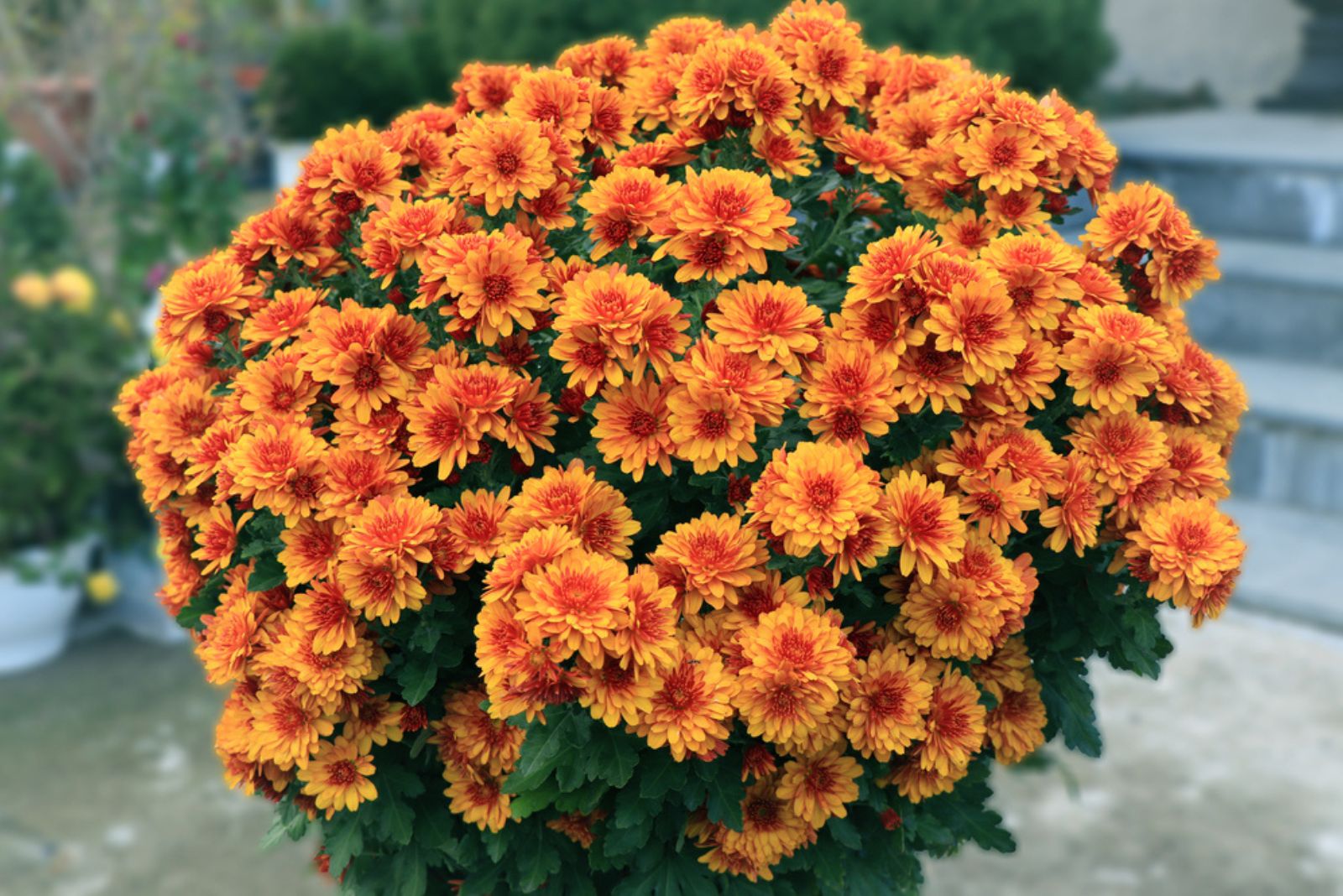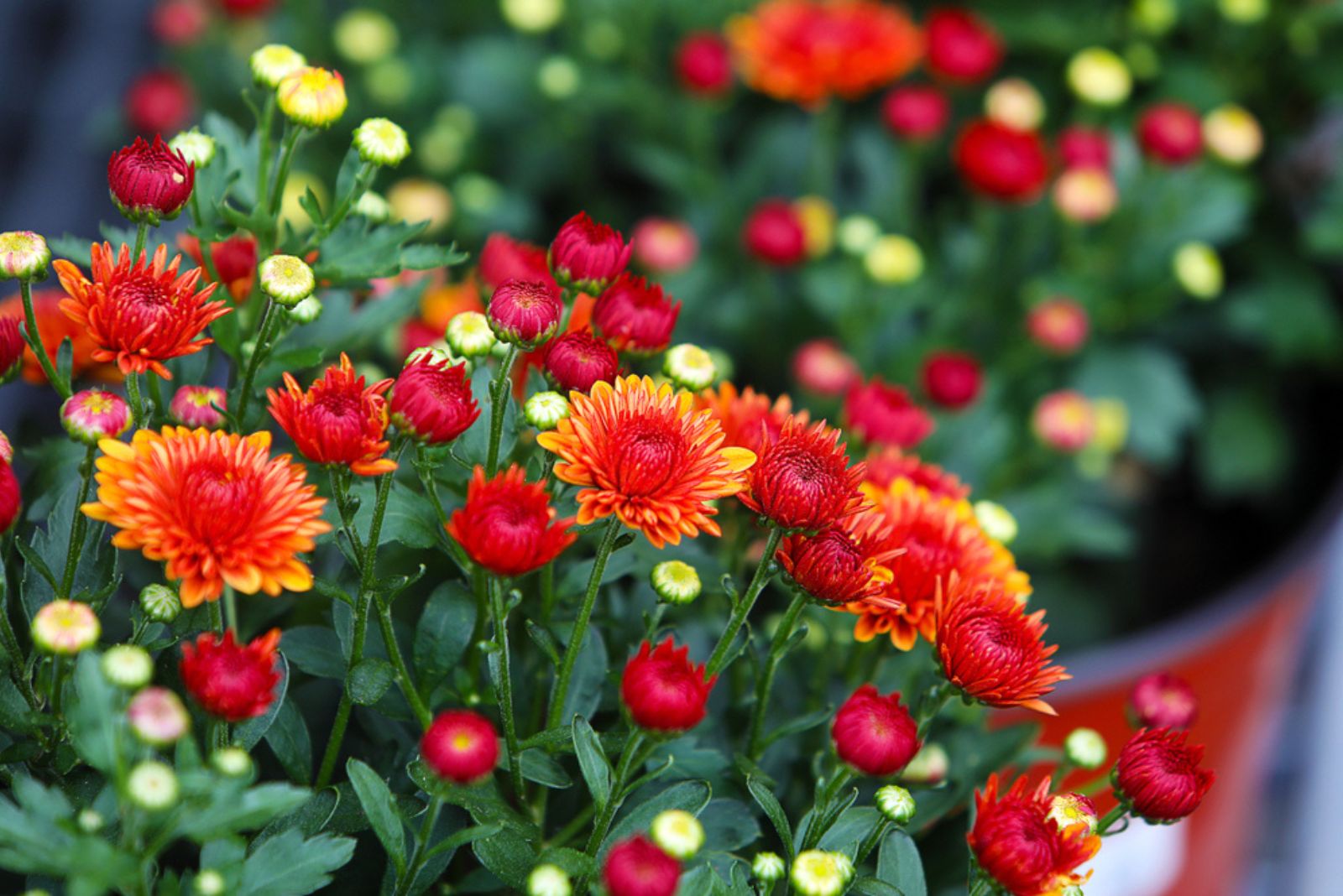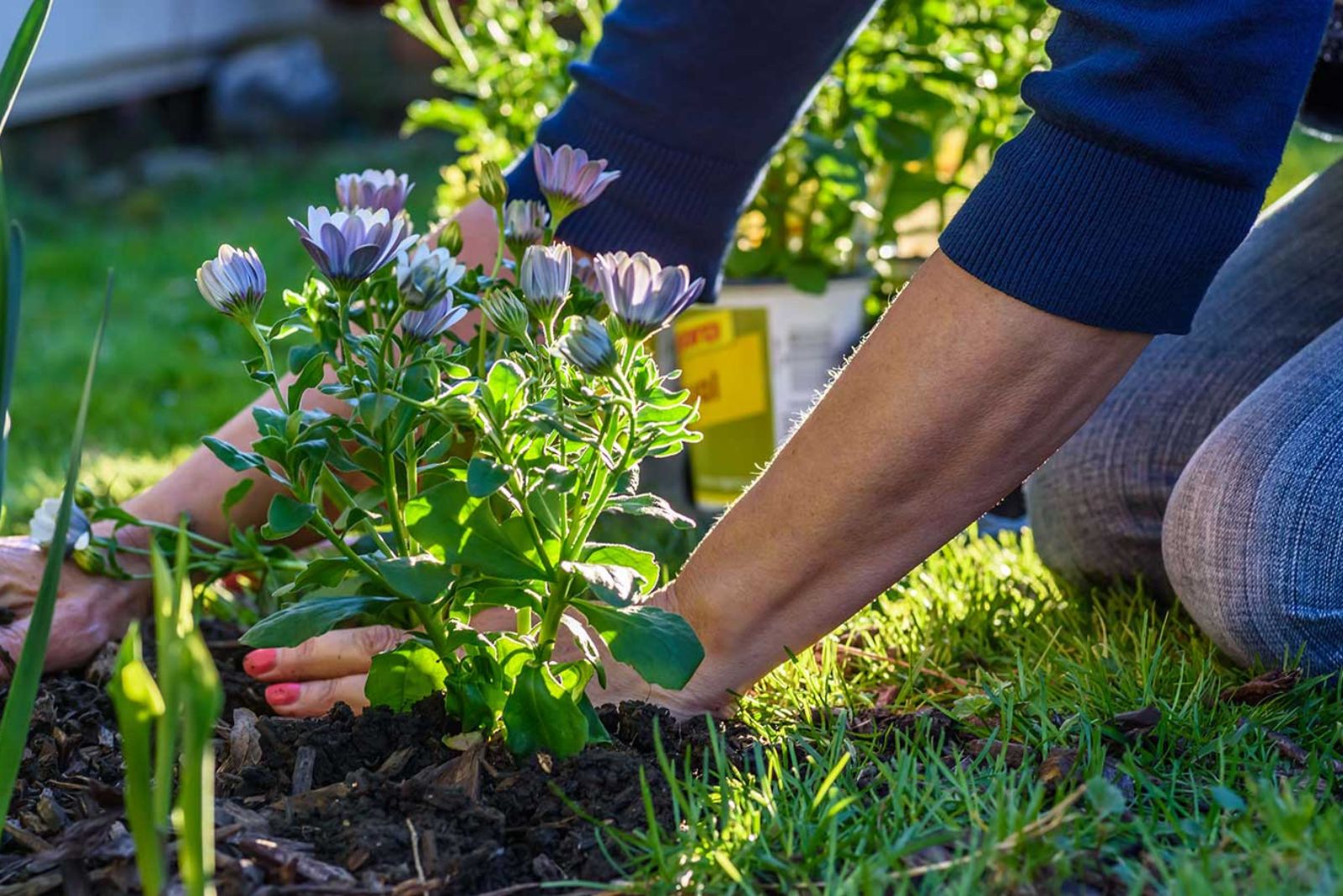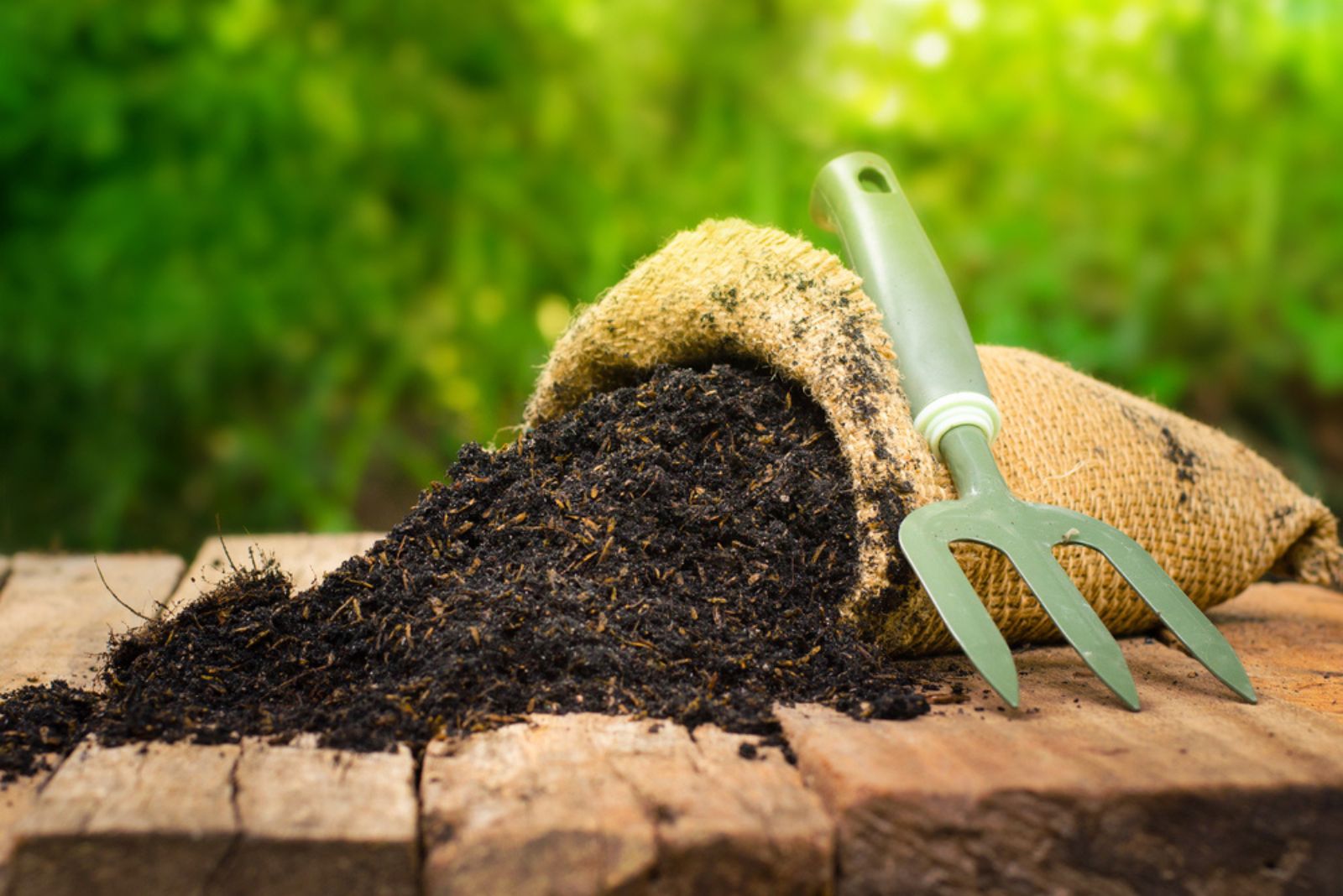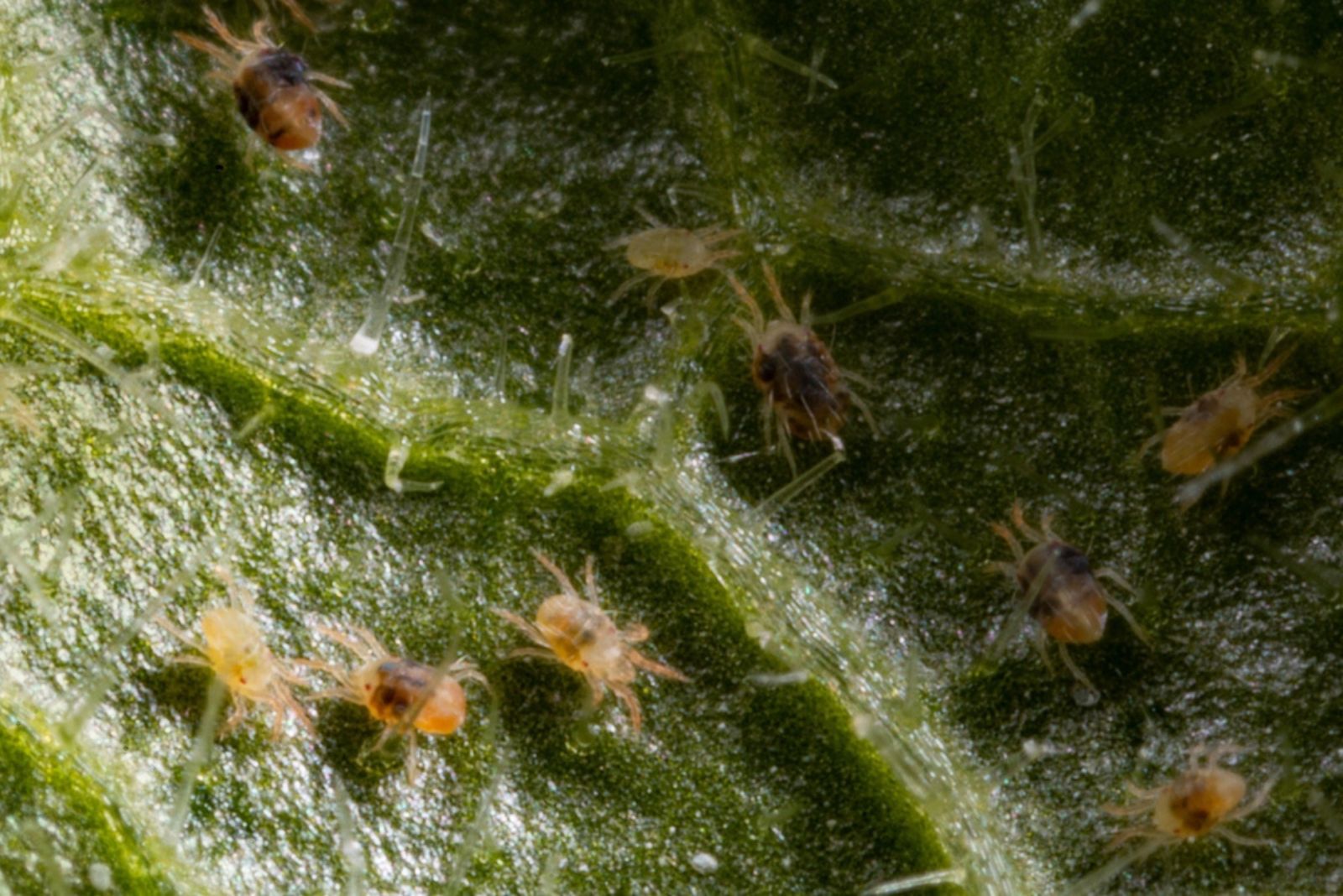It seems as though mums are everywhere as soon as the fall arrives. Just as other plants start to die off once the summer ends, it’s mums’ time to shine!
These hardy plants are a favorite among gardeners, especially because they create a breathtaking flower display with little to no effort. However, as the weather changes, there are a few key tips that can keep your fall mums healthy throughout the season.
And in this article, we are going to share some and help you keep your mums alive. So, stay tuned!
1. Choose The Right Plant
The first thing you should do to keep your mums alive is buy a healthy plant that will have no problems in the beginning. I would recommend you to determine the color you want to grow and start your search there.
Always choose plants that have strong, green leaves. Pick plants that haven’t yet reached their blooming peak (if there are any) – this way, you will get to enjoy a longer blooming period.
Avoid buying plants that have wilted leaves, or broken flowers or stems. Always check if there is any pest infestation when you are buying a new plant. Look at the tag and see what kind of mums you are dealing with.
The most common mums are so-called “Floral mums”, and these are sold as annuals. The most popular perennial mums are called “Garden mums”.
You might be interested in: Are Marigolds Perennials Or Annuals?
2. Don’t Forget To Water
When you are growing mums, the first thing you learn is their watering requirements. It’s important to keep the soil moist but not soggy. I would recommend you to check potted plants every day to see if they are moist.
You can even lift up the pot – if it is light, then the soil has probably dried out. Be sure to water deeply when the soil begins to dry out. It’s better to water mums from above.
Drainage should be good, so invest in a well-draining potting soil and make sure that the pot has drainage holes in the bottom so that the water can easily flow through.
However, avoid overwatering, which can lead to root rot. A simple test is to stick your finger into the soil; if it feels dry about an inch below the surface, it’s time to water.
Also read: Is Using Pasta Water For Plants A Good Thing?
3. Repotting Is A Must
Mums can become rootbound if left in the same pot for too long, which can restrict their growth and health. If you want them to bloom and grow vibrantly, consider repotting them into a slightly larger container every year, or simply transplant them outdoors to a flower garden.
This will allow their roots to expand and access more nutrients. Make sure to separate them about 18 inches apart so that they can fully grow.
If you are transplanting them to a larger container, make sure that it has drainage holes in the bottom!
4. Pinching Can Help Too
Pinching your mum plants is a beneficial practice. This involves simply pinching back early flower buds that have developed in early or midsummer. Pinching encourages bushier growth and more flower buds, resulting in a fuller and more vibrant mum plant in the fall.
When it comes to pruning, mums don’t require that much. However, you can get rid of spent flowers or any diseased stems and leaves. When pruning, make sure to always use clean pruning shears.
5. Prepare For Temperature Drops
Mums are sensitive to cold temperatures, so as fall progresses and temperatures drop, be prepared to provide protection. So, if you are growing perennial mums, you shouldn’t wait until the first frost date because they would simply die off.
It’s best to plant them earlier so that they can adapt to their new environment. Covering your mums with a breathable fabric or moving potted mums indoors on particularly chilly nights can help prevent damage. Wait until spring to pinch off spent flowers.
6. Protect Your Mums From Frost
Frost is one of the biggest threats to fall mums. When frost is in the forecast, covering your mums with frost cloth or even a bedsheet can shield them from harm. Remember to remove the covering during the day to allow sunlight and airflow.
If you are growing potted plants, simply bring them indoors where the temperatures are warmer. As long as their roots don’t freeze, you can overwinter your mums easily.
Outdoor plants cannot be brought indoors, unfortunately. However, besides covering them with sheets, you can also add a heavy layer of mulch, which will protect the roots from freezing. I would recommend you add mulch before the first frost date.
After the danger of frost has passed, don’t forget to remove most of the mulch so that the plants are only left with a thin layer. This is also the time when you should prune dead branches to encourage fresh green growth.
You might be interested in: How To Protect Plants From Spring And Fall Frost
7. They Need Full Sun
Mums thrive in full sunlight. Ensure they receive at least 6 hours of direct sunlight each day for optimal growth and prolific blooms.
If your garden doesn’t provide sufficient sun, consider planting them in containers that can be moved to sunnier spots, or using reflective surfaces to redirect light onto the plants.
In case your mums don’t receive enough light, they will grow leggy and produce less blooms than they normally would. Be careful because growing a potted plant in direct sunlight will cause the soil to dry out rapidly, so you’ll constantly need to monitor the amount of moisture in the soil.
8. Add Some Mulch
We have already mentioned that mulch can help with protecting mums’ roots from freezing. However, applying a layer of mulch around your mums also helps retain moisture, regulate soil temperature, and suppress weeds.
Organic mulches like straw or bark work well. Just be sure not to pile the mulch against the plant stems, as it can lead to rot. Mulching is challenging for plants grown in tiny pots, so just keep an eye on the soil’s moisture level.
Also read: Wood Chips Vs Mulch: Which One Is Better For Your Garden?
9. Soil Type Matters, Too
Mums prefer well-draining soil that’s slightly acidic and rich in nutrients. Before planting, consider amending your soil with organic matter to improve drainage and nutrient content.
You can’t exactly find a soil that is specifically made for mums, but any good-quality potting soil will do just fine. If you want to improve drainage, you can always add perlite and vermiculite.
10. Keep An Eye Out For Pests
Although mums are relatively resistant to pests, there can still be some pesky bugs that find their way onto them!
Regularly inspect your mums for signs of pests, such as aphids, mealybugs, or spider mites. If you notice any issues, treat them with organic pest control methods or insecticidal soap to prevent infestations.
Keep an eye out for other common garden pests like deer and rabbits.

